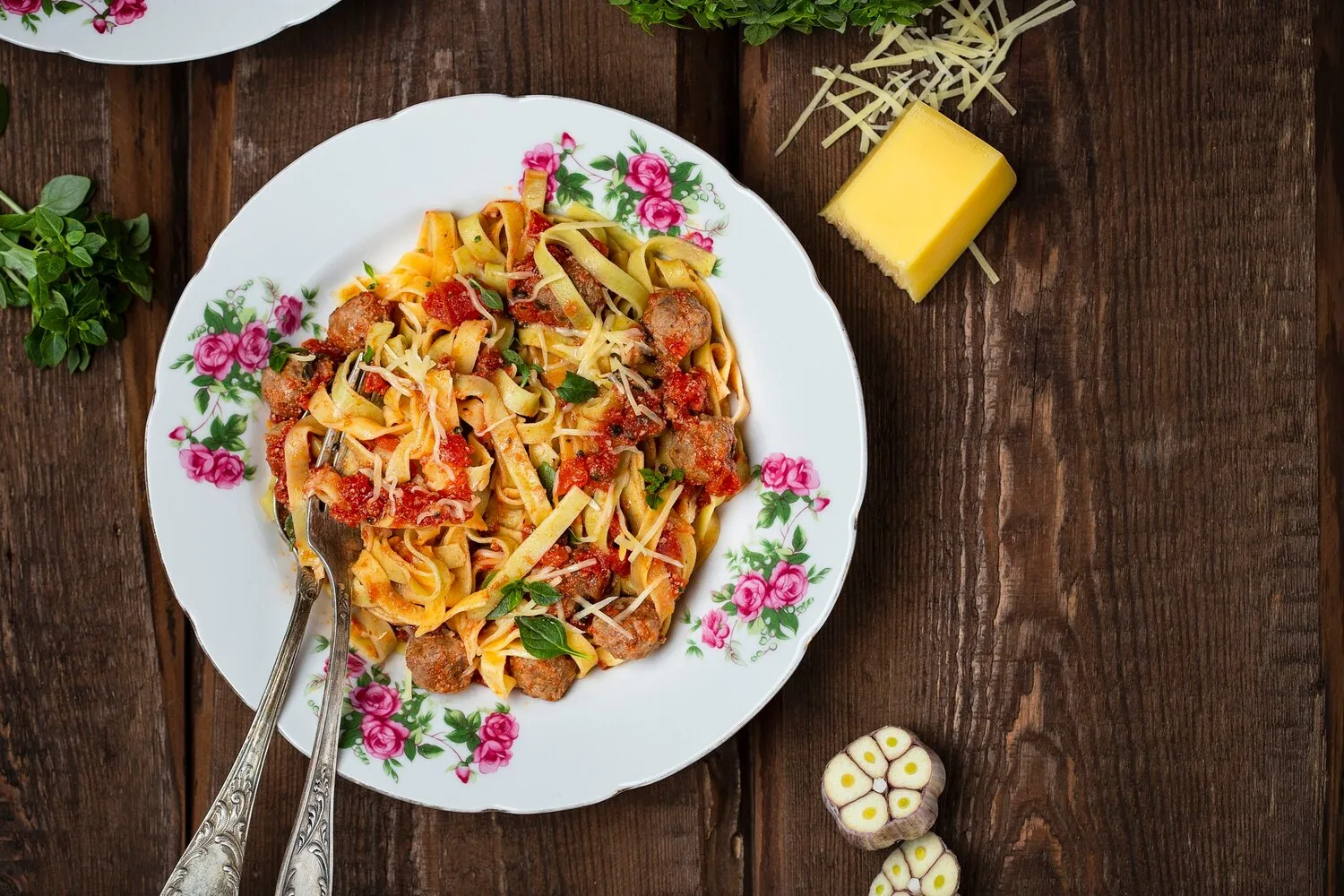
Pasta Dishes
Several pasta dishes are available, with positive mentions in customer reviews, including local options.
Nutrition Facts
* The % Daily Value (DV) tells you how much a nutrient in a serving of food contributes to a daily diet. 2,000 calories a day is used for general nutrition advice.
Pasta's history stretches back millennia, with evidence of noodle-like dishes existing in various ancient civilizations. However, modern pasta, as we know it, is firmly rooted in Italian culinary history, evolving from simple doughs to the diverse shapes and preparations we see today. Regional variations and ingredient availability significantly shaped the development of distinct pasta dishes.
Pasta is deeply ingrained in Italian culture, representing more than just food. It's a symbol of family, tradition, and regional identity, often at the center of social gatherings and celebrations.
Family Meals
Pasta dishes are often prepared and enjoyed during family meals, fostering a sense of togetherness and tradition. Recipes are passed down through generations, carrying stories and memories.
Regional Variations
Each region in Italy boasts its own unique pasta shapes and sauces, reflecting local ingredients and culinary traditions. This regional diversity contributes to the richness and complexity of Italian cuisine.
Celebrations
Pasta dishes are frequently served during special occasions and holidays, such as Christmas, Easter, and weddings, symbolizing abundance and joy.
Pasta dishes offer a wide spectrum of flavors, dependent on the sauce, ingredients, and regional traditions. Common flavors range from rich and savory to bright and acidic, with textures varying from smooth and creamy to chunky and rustic.
The flavors in pasta dishes are primarily determined by the sauce. Tomato-based sauces contribute sweetness and acidity. Cream-based sauces offer richness and velvety texture. Olive oil-based sauces, often with garlic and herbs, create a lighter, more fragrant profile. Cheese plays a major role, with Parmesan adding salty, umami notes, and ricotta providing a creamy, slightly sweet element. Meat sauces offer depth and heartiness, while seafood sauces introduce briny and oceanic flavors. Fresh herbs like basil, oregano, and parsley enhance the overall aroma and taste.
Cook Pasta Al Dente
Cook pasta until it is 'al dente,' meaning 'to the tooth.' It should be firm but not hard, offering a slight resistance when bitten. Overcooked pasta becomes mushy and loses its textural appeal.
Salt the Pasta Water
Adding salt to the pasta water is crucial for seasoning the pasta from the inside out. Use about a tablespoon of salt per gallon of water. The water should taste like seawater.
Reserve Pasta Water
Before draining the pasta, reserve about a cup of the starchy pasta water. This water can be added to the sauce to help it cling to the pasta and create a creamier consistency.
Combine Pasta and Sauce Immediately
Toss the cooked pasta with the sauce immediately after draining. This allows the pasta to absorb the flavors of the sauce while it is still hot.
Explore additional Italian dishes and restaurants
Explore ItalianDiscover top dining spots and culinary experiences in Udine.
Explore UdineLearn more about the food culture, restaurant scene, and culinary heritage of Italy.
Explore Italy
